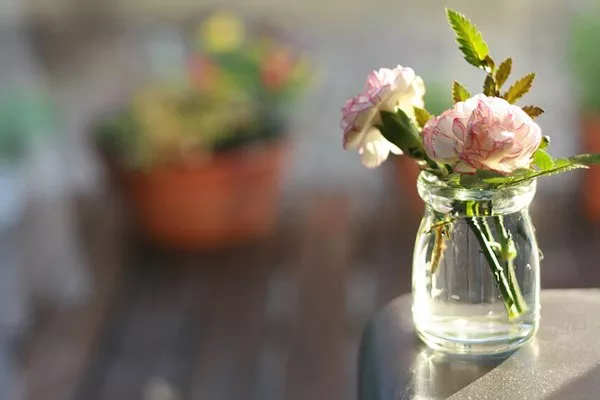Carnation flowers, known for their vibrant colors and delicate petals, are popular choices in floral arrangements for various occasions. Whether used in bouquets, centerpieces, or even as boutonnieres, carnations bring a touch of elegance and charm. Understanding their lifespan is crucial for both floral enthusiasts and professionals alike. In this comprehensive article, we explore the factors influencing the longevity of carnation flowers, effective care tips to prolong their freshness, and the best practices for maximizing their aesthetic appeal.
Introduction to Carnation Flowers
Carnations (Dianthus caryophyllus) are perennial flowering plants native to the Mediterranean region but are now cultivated globally. They belong to the Caryophyllaceae family and are renowned for their ruffled petals and spicy fragrance. Available in a spectrum of colors, including red, pink, white, yellow, and purple, carnations are versatile and widely used in floral arrangements for weddings, parties, and other celebrations.
Factors Affecting Carnation Longevity
Several factors play a crucial role in determining how long carnation flowers last after being cut. These factors include:
1. Quality of the Flowers
The initial quality of the carnation flowers significantly impacts their longevity. Freshly cut flowers with firm stems and unblemished petals generally last longer than those that are already showing signs of wilting or damage.
2. Environmental Conditions
Environmental factors such as temperature, humidity levels, and light exposure can affect the lifespan of carnations. Optimal conditions include cool temperatures (around 65-72°F), moderate humidity (around 70-80%), and indirect sunlight. Exposure to direct sunlight and drafts should be minimized to prevent premature wilting.
3. Water Quality and Hydration
Proper hydration is crucial for maintaining the freshness of carnation flowers. Using clean, room temperature water in a clean vase or floral foam helps prevent the growth of bacteria that can clog stems and shorten vase life. Additionally, providing carnations with adequate water uptake through frequent water changes and trimming stems can extend their lifespan.
4. Handling and Care
Gentle handling during transportation and arranging is essential to prevent damage to the delicate petals and stems of carnations. Sharp floral scissors or knives should be used to make clean cuts at an angle, which facilitates better water absorption.
5. Ethylene Sensitivity
Carnation flowers are moderately sensitive to ethylene gas, a natural plant hormone that accelerates the aging process in flowers. Avoid placing carnations near ripening fruits, cigarette smoke, or exhaust fumes, as these sources can release ethylene and shorten their vase life.
SEE ALSO: Which Month Is The Carnation Flower?
Methods to Prolong Carnation Freshness
To maximize the longevity of carnation flowers, several proven methods can be employed:
1. Preparing Carnations for Arrangement
Upon receiving carnations, trim their stems at an angle under running water to prevent air bubbles from forming in the stems. Remove any foliage that will be submerged in water to prevent bacterial growth.
2. Choosing the Right Vase
Select a clean vase that is appropriately sized for the number of carnations being arranged. Fill the vase with room temperature water mixed with floral preservatives or a homemade solution of sugar and lemon juice to nourish the flowers.
3. Placement and Environment
Place the vase of carnations in a cool, well-ventilated area away from direct sunlight, heat sources, and drafts. Changing the water every 2-3 days and trimming the stems by an inch can help maintain water uptake and prevent bacterial buildup.
4. Avoiding Ethylene Exposure
Store carnations away from ethylene-producing fruits, particularly bananas, apples, and tomatoes, as well as smoke-filled environments. Ethylene absorbers or sachets can also be placed near carnations to minimize exposure.
5. Rejuvenating Wilting Carnations
If carnation flowers begin to wilt prematurely, submerge their stems in warm water for 30 minutes to rehydrate them. Trim the stems again and return the flowers to a fresh vase with clean water and preservatives.
Conclusion
In conclusion, understanding how long carnation flowers last involves a combination of factors including initial quality, environmental conditions, hydration, handling, and sensitivity to ethylene gas. By employing proper care techniques such as regular water changes, appropriate hydration, and minimizing ethylene exposure, enthusiasts can prolong the freshness and beauty of carnations in floral arrangements. Whether for personal enjoyment or professional use, the longevity of carnation flowers enhances their value as symbols of beauty and elegance in various settings.


